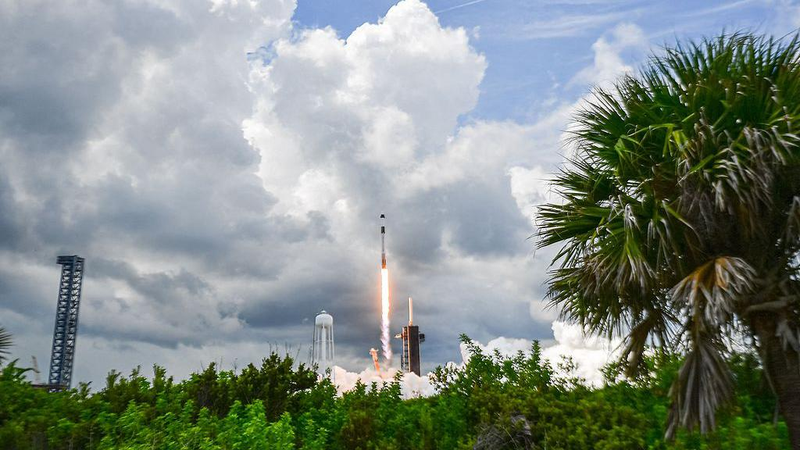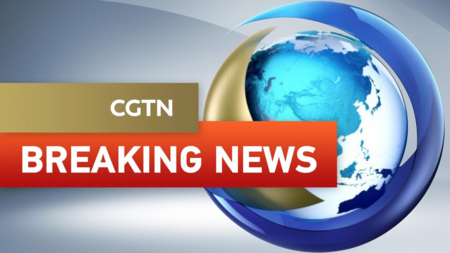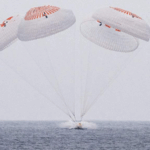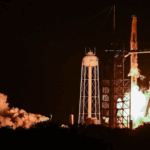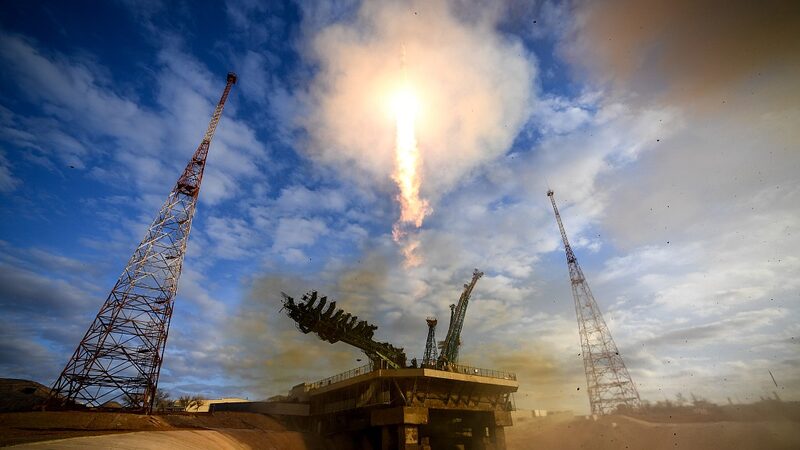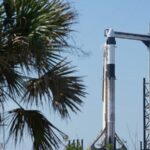History soared skyward as NASA and SpaceX launched Crew-11 to the International Space Station (ISS) on Friday, blending global teamwork with sci-fi-worthy research. The four-member crew – including astronauts from the US, Japan, and Russia – lifted off from Florida aboard SpaceX’s Dragon capsule, kicking off a six-month mission packed with moon prep and mind-blowing science. 🌕✨
Meet the squad: NASA’s Zena Cardman and Mike Fincke, JAXA’s Kimiya Yui, and Roscosmos’ Oleg Platonov. Their ride? The veteran Endeavor capsule, now on its fifth spaceflight. The Falcon 9 rocket’s flawless launch at 11:43 a.m. ET marked the 11th crew rotation under NASA’s Commercial Crew Program – a public-private partnership that’s redefining space travel. 🚀
Moon Missions Meet Microgravity
Forget Star Wars simulations – this crew will test real lunar landing scenarios near the Moon’s South Pole using handheld controllers and screens. Why? To see how gravity shifts affect piloting skills for future Artemis missions. Think of it as a cosmic driver’s ed class. 🌑🎮
Science That’s Out of This World
- 🔬 Growing human stem cells at scale (hello, medical breakthroughs!)
- 🦠 Battling bacteria with virus experiments
- 🥬 Studying plant cell division for space farming
- 🍎 Creating on-demand nutrients (because space smoothies are the future)
The ISS will briefly host 11 crew members during the handover from Crew-10, making it a temporary space hostel for pioneers. After 2030, the station will retire dramatically – plunging into Earth’s atmosphere near the remote Point Nemo, aka the spacecraft graveyard. 🌊
With the ISS as their lab, Crew-11’s work could unlock secrets for Mars missions and beyond. As NASA says: "Ad astra per aspera." (Translation for non-Latin speakers: "To the stars through difficulties.") 💫
Reference(s):
NASA and SpaceX launch Crew-11 to International Space Station
cgtn.com
